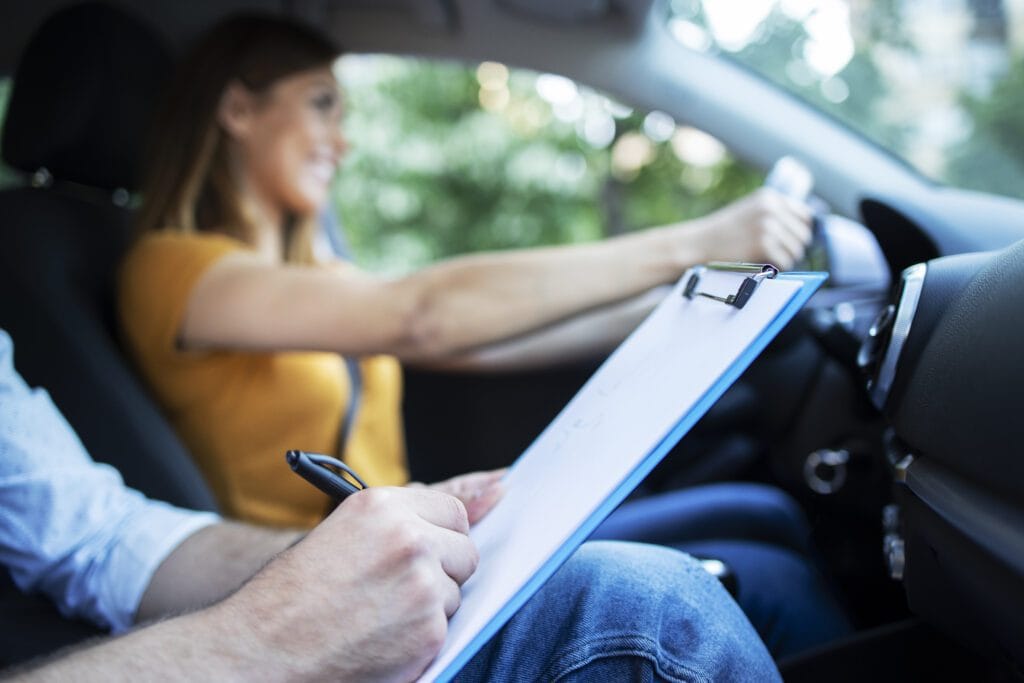
How many mistakes can I make on my driving test without failing?
The number of mistakes a person can make on their driving test before failing varies depending on the type of mistake and its severity. However, here are some general guidelines:
- The driving test is divided into four sections: an eyesight test, “show me, tell me” vehicle safety questions, general driving ability, and independent driving.
- The driving test includes a ‘serious’ and ‘dangerous’ faults category, if the candidate commits one of those, the test will be ended and marked as a fail.
- The test also includes a ‘minor’ faults category, if the learner commits several (up to 15-16) of those, the test will still be passed.
- The driving examiner will be assessing the candidate’s overall performance, not just the number of mistakes made, taking into consideration safety, the law, and efficiency.
- The pass rate is usually around 40-50%, which means that it is common to commit some faults and still pass the test.
During the test, the driving examiner will be evaluating the candidate’s overall performance and not just focusing on the number of mistakes made. They will be looking at the candidate’s ability to drive safely, follow the rules of the road, and drive efficiently. They will also be assessing the candidate’s decision-making skills, including their ability to anticipate and respond to potential hazards on the road.
The driving test includes a “show me, tell me” vehicle safety check, where the candidate will be asked a series of questions about their vehicle and how to carry out basic safety checks. The candidate will be marked on their ability to demonstrate their knowledge and understanding of the vehicle.
During the general driving ability section of the test, the candidate will be required to drive in a variety of different road and traffic conditions, including busy urban areas, rural roads, and dual carriageways. The examiner will be assessing the candidate’s ability to handle the vehicle safely and appropriately for the road and traffic conditions.
In the independent driving section of the test, the candidate will be required to drive independently for around 10 minutes following either road signs or verbal directions given by the examiner. The examiner will be evaluating the candidate’s ability to plan a safe and efficient route and drive independently without close supervision.
Some common reasons why a learner would instantly fail their driving test:
- Dangerous or reckless driving
- Not following traffic laws or signals
- Not using mirrors properly
- Not checking blind spots
- Not being in control of the vehicle
- Failing to give way when necessary
- Not stopping at a red traffic light
- Incorrectly using roundabouts
- Driving under the influence of alcohol or drugs
- Using a mobile phone while driving. It’s also important to note that the driving test examiner will also be looking for general driving skills, such as the ability to drive safely and efficiently, and the ability to respond appropriately to different road conditions and traffic situations.
Overall,the test is designed to evaluate the candidate’s ability to drive safely and efficiently on public roads. While the number of mistakes a person can make before failing can vary, it’s important to keep in mind that the goal is to demonstrate that you are a safe and competent driver.



